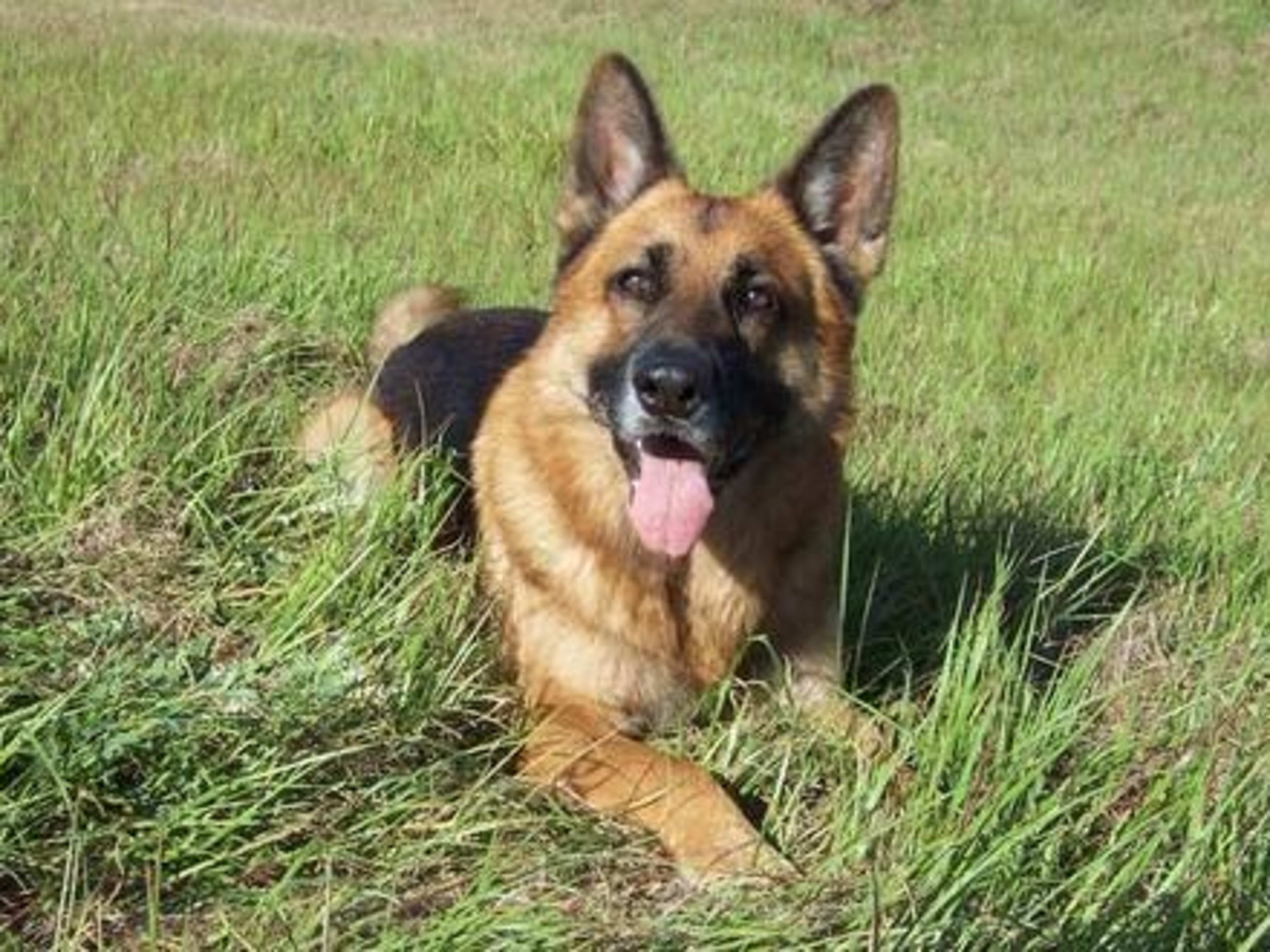
German Shepherd Agility Course Training: Enhance Your Dog's Fitness and Enjoyment
Share
For dedicated pet owners, its essential to keep their cherished German Shepherds fit, active, and mentally engaged. Integrating German Shepherd agility course training into your dogs routine not only boosts their physical health but also supports their mental development. This lively exercise regimen is particularly well-suited for the German Shepherd, a breed celebrated for its intelligence, vigor, and athletic prowess.

Why Opt for Agility Training for Your German Shepherd?
Agility training comes with a myriad of advantages. It serves as a structured outlet for your German Shepherds abundant energy, which is vital given their spirited nature. Moreover, it fosters a stronger bond between you and your dog as you collaborate to navigate various challenges.
The Wikipedia page on German Shepherds notes that this breed thrives on cognitive challenges, making agility training an optimal choice. Engaging in this activity not only enhances their coordination, balance, and reflexes but also ensures they have fun.
Key Equipment for Agility Training
Getting started with the right gear is vital for successful German Shepherd agility course training. Common equipment includes tunnels, weave poles, jumps, and contact obstacles such as the A-frame and seesaw. Each component is designed to assess and enhance different areas of your dogs agility.
When selecting equipment, ensure its appropriately sized and sturdy, as German Shepherds are generally larger and more powerful than many other breeds. Investing in high-quality, durable items will ensure both safety and longevity.
Steps to Begin Agility Training
Introducing your German Shepherd to agility training should be a gradual process. Start with basic obedience commands like sit, stay, and comeskills necessary for guiding your dog through the course. Once your dog is comfortable with these commands, you can start introducing them to individual pieces of equipment.
Patience and positive reinforcement are essential strategies. Reward your dog with treats and praise for successfully navigating obstacles. This encouragement keeps them motivated and excited to learn.
Finding the Right Training Pace
Every dog is different, making it important to find the right training pace for your German Shepherd. While some dogs may quickly embrace agility training, others might require additional time to build confidence. Carefully observe your dogs cues and adjust your approach accordingly.
Connecting with professional trainers or joining local agility clubs can provide valuable insights and support. Many communities feature agility organizations where you and your dog can practice and compete, introducing a social element to your training.
Health Benefits of Agility Training
German Shepherd agility course training is more than just enjoyableit's an effective way to keep your dog in great shape. Regular training can assist in maintaining a healthy weight, enhancing cardiovascular health, and strengthening muscles. Additionally, it serves as a constructive channel to expend excess energy, lowering the chances of destructive behaviors often linked to boredom.
The mental challenges presented by agility training are equally significant. Successfully navigating an agility course requires focus and problem-solving abilities, which can help alleviate anxiety and improve overall behavior.
Common Challenges and Strategies
Like any training process, agility training may present hurdles. Some German Shepherds might initially hesitate when confronted with new equipment, emphasizing the importance of patience and gradual exposure.
For dogs that struggle with particular tasks, breaking the process into smaller, manageable steps may prove beneficial. Encourage your dog with treats and praise, avoiding any rush in the training process. Consistent, patient encouragement will lead to success over time.
For additional tips on overcoming training challenges, check out the biting control guide, which is filled with information on training and caring for this breed.
Conclusion
Incorporating German Shepherd agility course training into your pet's routine can greatly enhance their physical health, mental sharpness, and overall joy. This rewarding activity not only strengthens your bond with your dog but also provides the necessary exercise and mental stimulation for a thriving life.
Embrace the excitement, enjoy the process, and witness your German Shepherd evolve into a confident, agile companion. For further insights into German Shepherds and their distinct characteristics, the DogTime breed page is an excellent resource.

FAQs
How often should I train my German Shepherd in agility?
Its best to start with short sessions, two to three times per week, gradually increasing frequency as your dog becomes more comfortable and skilled.
What age should I start agility training with my German Shepherd?
Your puppy can begin basic obedience and light agility practices as early as six months, but it's advisable to delay rigorous training until they reach at least one year old, when their growth plates have closed.
Can older German Shepherds learn agility?
Definitely! Older dogs can learn agility, but considering their physical condition is important. Start with easier obstacles and gradually increase complexity as their skills develop.
This article contains affiliate links. We may earn a commission at no extra cost to you.
